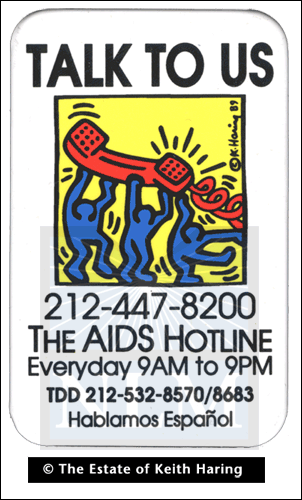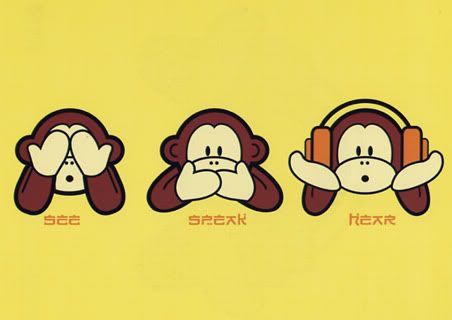
Another very interesting automatist who creates mechanical sculptures is Keith Newstead. At the Cabaret Mechanical Theatre he found inspiration to produce his own mechanical life-like models. What makes him stand out from other automatists is the fact that he likes the working parts to be visual. He believes that mechanical devices can look quite elegant.

Though I will not have as many mechanical devices, I will have electronic once. There are artists working with electronics who seem not to be concerned about cables, power sources and circuits that are visual. When looking at Eric Raymonds work, I personally feel that it would have been so much better, if he had found a way to hide the wires etc. , so the observer does not get distracted. I am not sure why he did not try, but maybe he intended to express something with the slightly chaotic view. Since the landscapes he shows are of a natural origin, he may seeks to show the dynamic between nature and technology.
Since that is not my intension at all, I will not follow his route, but rather try to keep technology hidden.



















